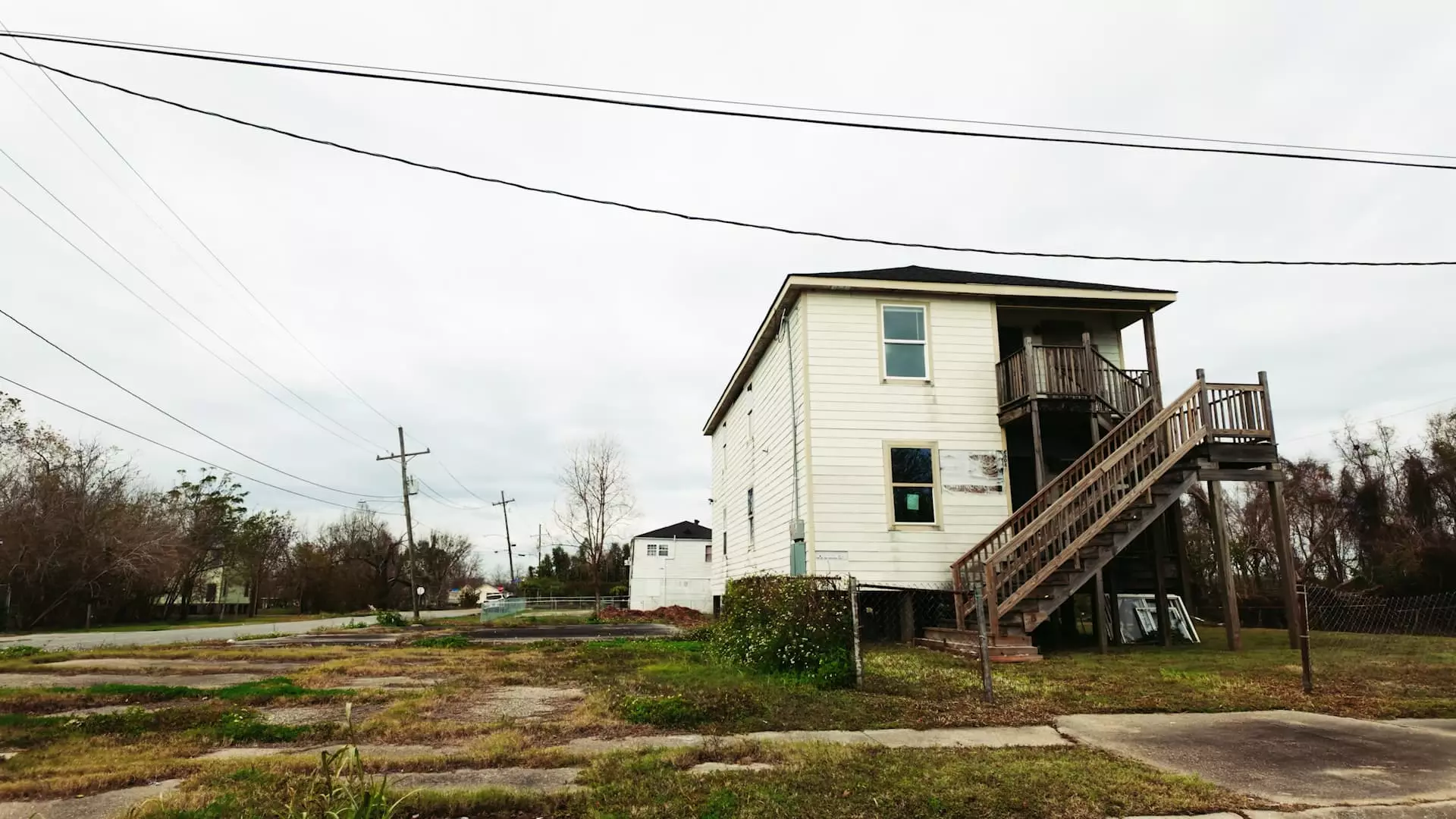New Orleans, a city synonymous with culture, music, and cuisine, continues to grapple with the repercussions of Hurricane Katrina, which struck in August 2005. This catastrophic storm not only drowned the city in water, but it also claimed the lives of over 1,800 individuals and displaced millions of residents. Marked as the most devastating tropical cyclone in U.S. history, Katrina’s aftermath left an indelible mark on New Orleans, with damage estimates soaring to approximately $201.3 billion when adjusted for inflation. The sheer scale of destruction led to about a quarter of the city’s housing stock being abandoned, drastically altering the demographic and economic landscape of the area.
As the city welcomed its residents back, the increased demand for housing sent property values soaring. Calvin Alexander, a long-time resident of the Lower Ninth Ward—one of the most severely impacted neighborhoods—observed this trend firsthand. In fact, a staggering one-third of previous residents have yet to return to the Lower Ninth Ward, highlighting not only the physical but also the emotional scars that linger in the wake of the disaster. The city’s overall population has remained stagnant, further complicating municipal financial recovery efforts.
In the years following Katrina, certain neighborhoods in New Orleans experienced significant hikes in property values, especially those situated on higher ground. According to Alexander, the assessed value of his home has surged an impressive 266% since 2005. This is part of a broader trend, as home prices across the metro area have risen nearly 71%, and nationwide, home prices have seen an increase exceeding 84%. However, this surge came at a steep cost, particularly for lower-income residents who found themselves participating in a housing market that favored those with existing financial means.
The federal and state governments mobilized approximately $9 billion through initiatives such as the “Road Home Program” to aid homeowners either in rebuilding or abandoning their properties. Nonetheless, this program has faced significant backlash for its complexity—especially regarding its implications on low-income households. Laura Paul, executive director of lowernine.org, a non-profit focused on rebuilding efforts in the area, vividly expressed concerns over how property assessments were based on pre-storm values rather than actual damage, disproportionately disadvantaging economically vulnerable residents. This troubling reality has resulted in higher poverty rates and diminished household incomes compared to national averages for the city.
Beyond the immediate challenges of housing and rebuilding, New Orleans faces persistent vulnerabilities linked to insurance coverage. Recent alerts from the U.S. Treasury Department indicated significant spikes in insurance premiums for residents in disaster-prone areas, including Louisiana. This development poses an additional financial strain on families that are still recovering, threatening to push those on the edge further into economic precarity.
In response to these ongoing risks, Louisiana has invested roughly $15 billion to reconstruct vital drainage infrastructure, water pumping stations, and levees aimed at bolstering storm defenses. However, there is a paradox within these recovery efforts; some of these engineered solutions may inadvertently exacerbate issues like land subsidence, further complicating the region’s long-term sustainability.
Despite these challenges, leaders like Glenn Ledet from the Coastal Protection and Restoration Authority maintain an optimistic outlook, noting that for every dollar spent on hurricane protection systems, the state receives approximately $7 in benefits. This indicates a potentially fruitful return on investment, particularly given the city’s economic dependency on its cultural attractions and industrial capabilities, such as the Caesars Superdome and the Port of New Orleans.
The Path Forward
Looking ahead, Louisiana is preparing to commit an extraordinary $50 billion over the next half-century to ensure that its storm damage reduction systems remain effective. Among these ambitious goals is the elevation of about 4,000 homes, a strategic measure that could mitigate future risks. As New Orleans continues on its pathway of recovery, a persistent challenge remains: how to rebuild not just physically, but also to foster a more equitable community that empowers all its residents to flourish in the face of climate-related adversities. The journey from devastation to resilience is a long one, but with ongoing investment and community-centric initiatives, the spirit of New Orleans may indeed rise again.

